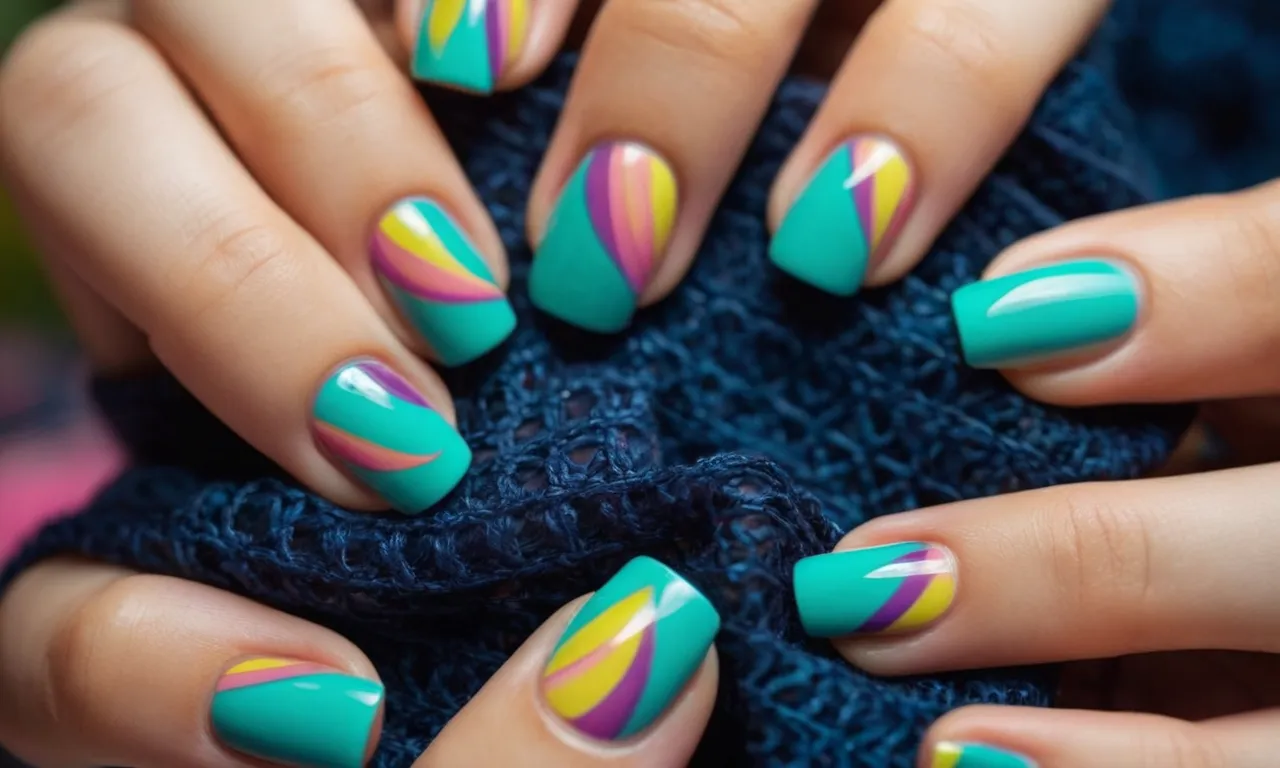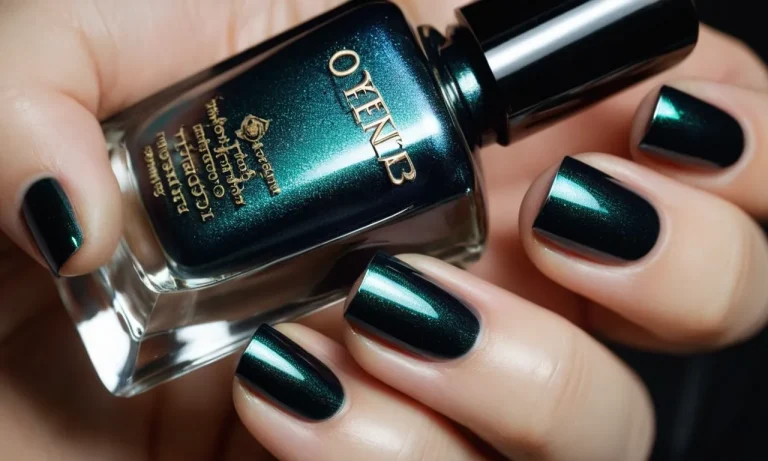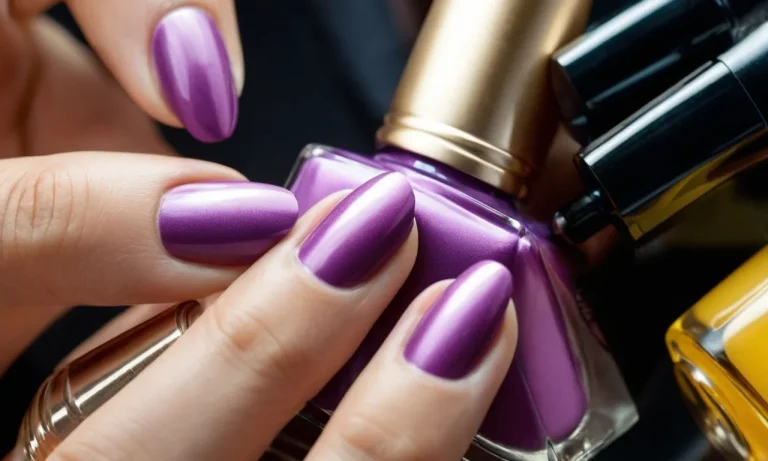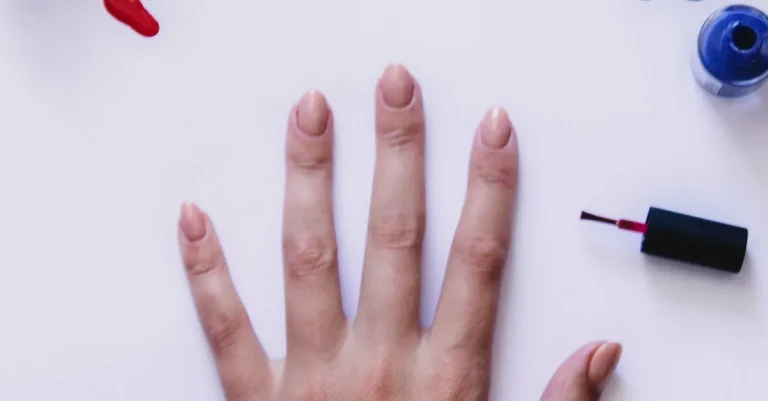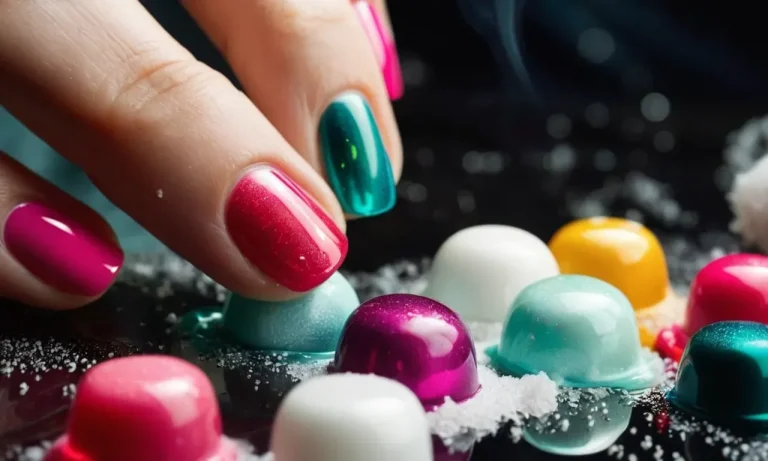Are Gel Nails Safe For 11 Year Olds? The Pros And Cons Of Gel Manicures For Preteens
If your 11-year-old daughter is begging you to let her get gel manicures with her friends, you may be wondering if those ultra-glossy enhancements are safe for someone so young. Gel nails can be damaging to the natural nails if not applied and removed properly, but they’re also very popular among preteens and teens who want beautiful, long-lasting polish.
Here’s a quick answer: With some precautions, occasional gel manicures are likely fine for most 11-year-olds, but risks like infection and nail damage increase with very frequent use. Read on as we explore the pros, cons, risks, and safety tips for gel nails on preteens.
In this approximately 3000 word article, we’ll provide a comprehensive look at gel nail manicures for 11 year olds. We’ll start by explaining what exactly gel nails are and why they appeal to preteens.
We’ll then outline the potential benefits and risks, including how gel nails can damage the natural nails if not applied and removed properly. We’ll provide tips from dermatologists and nail technicians on how to make gel manicures safer for 11 year olds.
We’ll also offer some healthier alternatives to gel polish and explore when gel nails may be appropriate for preteens vs. when it’s better to wait until the teen years. To conclude, we’ll summarize our recommendations on gel nail safety for 11 year olds.
What Are Gel Nails and Why Do Preteens Love Them?
Overview of gel manicures
Gel manicures have become extremely popular among preteen girls in recent years. Gel nail polish is different from regular polish – it is applied on the natural nail and then cured under a special UV or LED lamp. The curing process allows the color to set rock hard on the nails.
Gel manicures can last up to 2-3 weeks without chipping or smudging which makes them very appealing to busy tweens and teens.
Gel nail benefits that appeal to preteens
Long lasting color. Gel nail polish can last for weeks without the need for touch-ups, compared to regular nail polish that may chip after just a few days. This is a major plus for active preteens.Durable and resistant to scratches/dents. The hardened gel layer protects the actual nail underneath. Gel nails do not bend or break easily.Wide variety of colors and designs. From glitter, French tips, chrome, neon brights – gels offer endless possibilities for self-expression and experimentation.Salon experience. Going to the nail salon makes preteens feel very grown up and feminine. It’s seen as a right of passage by many tween girls.
Do gel nails damage natural nails?
While gel manicures make nails look pretty, the UV light used to cure them can weaken natural nails over time. The hard gel layer adhered to the nail plate also prevents moisture from reaching the nail bed which can lead to dryness and brittleness.
Studies suggest that up to 36% of people who get gel manicures experience nail defects like cracking and thinning.
Frequent gel removal with hard scraping and filing can further scar and damage young, growing nails. Experts recommend giving nails a break between sets, using conditioners, and removing gels properly to avoid long term nail issues.
Potential Benefits of Gel Nails for Preteens
Long Lasting Polish
One of the main pros of gel manicures for preteens is that the polish tends to last much longer compared to traditional nail polish. Gel polish is cured under UV lights, allowing it to fully harden on the nails. This makes chips and cracks much less likely to occur.
Gel manicures can potentially last up to 3-4 weeks without chipping or peeling, meaning fewer salon visits and touch ups are needed. This durability allows young girls to enjoy vivid nail colors without constant reapplication.
Reduced Nail Biting/Peeling
Gel polish can also help deter nail biting and peeling in preteens. The hard gel layer makes it more difficult for teeth to bite through the nails. Additionally, the lack of cracks or imperfections in the polish helps reduce the urge to pick and peel at nails.
Studies show that up to 30% of children ages 7-10 have issues with nail biting. Gel manicures provide a protective barrier that can help break this damaging habit.
Durable & Chip Resistant
Compared to regular polish, gel is extremely durable and resistant to chips and scratches. The high-gloss finish stands up well to daily activities like sports, chores, and schoolwork where hands take a beating.
Gel manicures allow active young girls to keep their nails looking great despite busy schedules. The 2019 study concludes gel polish lasts over 3 times longer than traditional lacquers.
Wide Variety of Colors and Designs
Gel polish opens up an exciting range of nail looks for tweens and teens. From glitter gels to color shifting chromatics to intricate nail art, the possibilities are endless. Salon gel polishes come in every color imaginable, allowing self-expression through nail decor.
Compared to adults, younger girls tend to experiment more with fun colors, patterns, and designs. The versatility of gel polish allows for this creative freedom.
Risks and Safety Concerns of Gel Manicures for 11 Year Olds
Damage to the nail plate
Gel manicures require filing and buffing of the natural nail plate to allow the gel polish to adhere properly. Frequent filing can thin out and weaken a child’s nail plate over time, making nails prone to peeling and breakage.
The removal process also requires soaking nails in pure acetone which can lead to excessive dryness and brittleness.
Increased infection risk
The cuticle area on nail beds provides a protective barrier against bacteria and infections. Improper cuticle pushing and removal during gel manicures can damage this barrier and allow bacteria to enter and cause painful inflammation or infections, like paronychia.
Allergic reactions
Some preteens may develop allergic reactions to the harsh glues, acrylates, and methacrylates present in gel polishes and UV lamps used to cure them. Reactions include redness, itching, swelling, blistering, and peeling around the nails and skin.
In rare cases, severe allergic reactions may lead to anaphylaxis.
Overexposure to UV light
The UV lamps used to harden gel manicures emit radiation that can be harmful in excess. The skin on young hands is delicate and repeated exposure over months or years can potentially increase melanoma risks later in life.
According to SkinCancer.org, just 20 sessions under a UV nail lamp are equivalent to 4 years worth of UV exposure from the sun.
Maintenance requirements
Unlike regular nail polish, gel manicures last 2-3 weeks before requiring removal and reapplication. Frequent salon visits can be time-consuming and expensive for parents. At-home removal is difficult and may expose kids to harsh chemicals.
As gel manicures grow out, they can leave unsightly gaps near the cuticles and may tempt kids to peel or pick at their nails, increasing infection risks.
Tips for Safely Getting Gel Nails as a Preteen
Get parental consent
As a preteen under 18, it’s crucial to get your parent or guardian’s permission before getting gel manicures (Byrdie). Not all salons offer services to those under 16. Discuss pros and cons with them first and ensure they’ll take you to a reputable, specialized nail salon.
Reassure them you’ll follow safety precautions.
Choose a reputable salon
Only visit an experienced, highly-reviewed gel manicure salon with specialized training and ventilated stations (Woman’s World). Avoid overexposed fumes. Check state board certifications. Ask about their health safety, disinfection, ventilation, and ingredient sourcing policies upfront.
Start with short, thinner gels
To minimize damage risk, opt for short nail lengths under your fingertips and thin gel polish layers your first few manicures (at most 2 coats). Gradually work up thickness once accustomed. Ask they avoid filing tips too thin. Let nails fully breathe 1-2 days per week.
Avoid excessive scratching or peeling
As tempting as it is, resist peeling off gels yourself to avoid ripping nails (Health.com). Use oil-infused cuticle creams 2x daily to deter scratching urges. Gently file off lifted edges. Get fills every 2-3 weeks to prevent growth encourage peeling.
Use sun protection
UV lamps used to cure gels can increase skin cancer risks with excessive exposure (Skin Cancer Foundation). Have technicians drape hands and wear SPF 30+ on hands 10 minutes prior. Reapply after. Seek shade when possible.
Take occasional breaks between manicures
Give nails an occasional 1 week break between gels every 2-3 months, using strengthening treatments in between. Try olive oil soaks and daily biotin supplements. This allows nails to fully rehydrate and recover to remain healthy long-term.
Proper gel removal is crucial
To avoid ripping off layers of nails when removing gels, only visit a trained professional, never remove yourself. Soaking in acetone wrap safely breaks down bond in 15-20 minutes. Gentle filing follows to protect nail health (Allure).
Moisturize nails and cuticles
Between gels, regularly massaging cuticle oil into nails and cuticles is vital for hydration and circulation (Prevention). Look for vitamin E and jojoba-infused options. Stay diligent even while wearing gels. This keeps nails flexible and strong.
Healthy Alternatives to Gel Manicures for Preteens
Regular polish with top coat
Using regular nail polish with a quality top coat is a safe and fun alternative for preteens that want color on their nails (1). The top coat helps seal in the polish, allowing the color to last 5-7 days typically. This allows kids to change up their nail color more frequently.
An added perk is that regular polish is easier to remove than gel polish, avoiding potential nail damage from heavy-duty removal.
Press-on nails
Press-on nails provide a temporary option for children who want some flair. These pre-glued nail coverings often feature cool designs, making them a creative choice. Press-ons avoid exposure to UV lamps used to cure gel polish. The glue peels off easily when kids are ready for bare nails again (2).
Still, press-ons shouldn’t be worn 24/7, as improper application and removal risks nail damage.
Nail art with decals and gems
Nail decals and gems offer tons of opportunity for self-expression. Products like water-slide nail decals containing designs can be applied on natural or polished nails. Flat back gems add some shine too.
Best practice is to avoid nail damage by only using decals and gems periodically vs. long-term wear.
Nail strengthening treatments
Preteens concerned with nail health over polish can try nourishing treatments like jojoba oil or vitamin E oil to hydrate and strengthen nails and cuticles. These are applied directly on nails and absorb best when nails are freshly cleaned.
Using treatments weekly helps support strong, growing nails (3).
DIY nail art
Doing nail art at home taps into creativity without chemicals or damage from salon services. Kids can try nail dotting tools, striping tape, glitter, sequins, 3D nail stickers, coloring book pages, and more for unique looks. Supervision is still essential when using tools and adhesives.
When Are Gel Nails Appropriate vs. Best Avoided for 11 Year Olds?
Occasional use for special events may be fine
Using gel nail polish for occasional special events like weddings or parties is generally considered safe for 11 year olds. The key is moderation – having gel manicures just a few times a year is less likely to cause nail damage than frequent use.
Limit salon visits to every 2-3 weeks
If an 11 year old is getting gel manicures, it’s best to limit salon visits to every 2-3 weeks. Getting fills more often than this can overexpose the nails to UV light and damage the nail beds. Allowing nails to breathe in between appointments supports healthier nail growth.
Avoid if nails are weak or damaged
Gel nails are not recommended for 11 year olds with already weak or brittle nails. The removal process can further thin and dry out fragile nails. It’s better to allow damaged nails time to heal before considering gels. Using a strengthening treatment can help prepare nails.
Gel nails not recommended if picking/biting is an issue
If an 11 year old has issues with nail biting or picking, gel manicures are generally not advised. The thick gel layer can worsen these compulsions and lead to greater nail damage. Addressing root causes first with help of child therapist is recommended instead.
Wait until teen years if very frequent use is desired
While occasional gel manicures may be fine, frequently getting gel nails (every 2 weeks or less) is not ideal for most 11 year olds. If regular use is desired, it’s generally best to wait until teen years when nails are stronger. Moderation remains key to minimize UV and chemical exposure.
Conclusion
While gel manicures are popular among preteens and teens, these enhancements do carry risks like infection and nail damage when overused at a young age. However, occasional gel manicures done safely at a salon are unlikely to cause harm.
If your 11-year-old is mature enough to care for her natural nails and limit salon visits to every 2-3 weeks, a gel manicure as a special treat is probably fine. But very frequent use or lengthy/elaborate sets are best avoided until the teen years.
Be sure to have open conversations about nail health, safely removing gels, and setting reasonable expectations. And don’t forget to consider fun alternatives like nail art and decals too. With some parental guidance, gel polish can be a safe, confidence-boosting indulgence for preteens in moderation.

